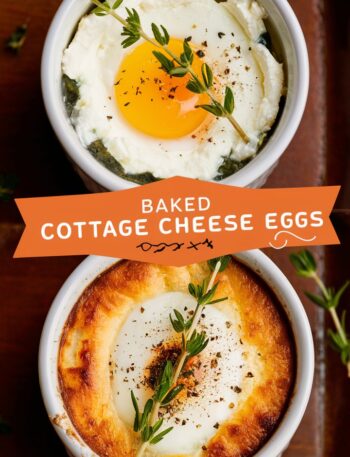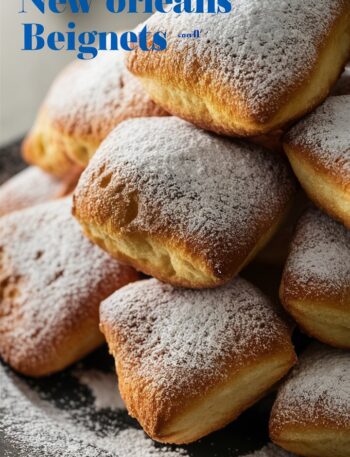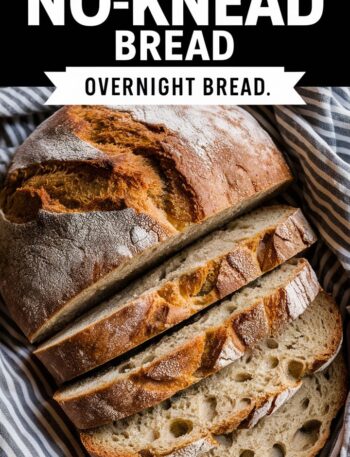Imagine waking up on a serene morning, the sun gently streaming through your window, and the irresistible aroma of coconut filling your kitchen. That’s the magic of Coconut Cream Pancakes. Unlike traditional pancakes, these are light, fluffy, and infused with the creamy richness of coconut. Whether you’re preparing a leisurely weekend brunch or a quick weekday breakfast, this recipe promises a tropical escape on your plate.
Coconut cream pancakes are more than just breakfast—they’re an experience. With the perfect balance of sweetness and texture, they captivate taste buds while providing the comfort that pancakes are famous for. The addition of coconut cream elevates the pancake to a gourmet treat while still being easy to prepare.
The Origins of Pancakes and Coconut in Cuisine
Pancakes have a rich history spanning centuries and cultures. From ancient Roman flatbreads to French crêpes and American-style breakfast stacks, every region has made this simple dish its own. Adding coconut, however, takes inspiration from tropical regions like Southeast Asia and the Caribbean, where coconut is a staple ingredient. Coconut cream, in particular, adds a luxurious texture and natural sweetness, enhancing the pancake experience.
In the Caribbean, pancakes are often served with tropical fruits and syrups made from local sugarcane. Similarly, coconut cream pancakes provide a modern twist that blends global traditions with contemporary breakfast preferences.
Why Coconut Cream Pancakes Are Superior
Many recipes promise fluffy pancakes, but coconut cream pancakes achieve a delicate balance of fluffiness and richness that traditional pancakes sometimes lack. Here’s why:
- Moisture and Creaminess: Coconut cream adds fat and moisture, making pancakes tender yet rich.
- Flavor Depth: The natural coconut flavor adds subtle sweetness without overpowering other toppings.
- Light and Airy Texture: Proper mixing and resting the batter ensures fluffiness, preventing dense pancakes.
- Versatility: Perfect for dietary adaptations—gluten-free flours or plant-based eggs work seamlessly.
Ingredients Explained: What Makes Each One Essential
Before diving into cooking, understanding each ingredient helps you make better pancakes.
1. All-Purpose Flour
The base of the pancake, flour provides structure. For a lighter texture, you can mix in cornstarch or use a gluten-free flour blend.
2. Coconut Milk and Coconut Cream
- Coconut Milk: Provides liquid and subtle coconut flavor.
- Coconut Cream: Adds richness and enhances fluffiness. For creamier pancakes, slightly increase the amount.
3. Baking Powder
The rising agent ensures the pancakes are airy. Fresh baking powder is crucial—old powder can result in flat pancakes.
4. Sugar
A touch of sugar enhances flavor and helps with browning. You can substitute with honey, maple syrup, or coconut sugar.
5. Eggs
Eggs bind the batter and add structure. For vegan alternatives, use flax eggs or chia eggs.
6. Coconut Oil
Melted coconut oil adds fat and prevents sticking, while subtly enhancing coconut flavor.
7. Vanilla Extract
Enhances the overall flavor and complements the coconut profile.
8. Shredded Coconut
Adds texture and boosts coconut flavor. Optional, but highly recommended.
Step-by-Step Instructions for Perfect Pancakes
Creating the perfect coconut cream pancakes requires attention to detail. Here’s a foolproof guide:
1. Preparing the Batter
- In a large bowl, whisk together 1 cup flour, 2 tbsp sugar, 1 tbsp baking powder, and ½ tsp salt.
- In another bowl, mix 1 cup coconut milk, ¼ cup coconut cream, 1 egg, 2 tbsp melted coconut oil, and 1 tsp vanilla extract.
- Pour the wet mixture into the dry ingredients and fold gently. Small lumps are okay—do not overmix.
- Fold in ½ cup shredded coconut.
- Let the batter rest for 5–10 minutes. This ensures thicker, fluffier pancakes.
2. Cooking the Pancakes
- Heat a non-stick skillet over medium heat and lightly coat with coconut oil.
- Pour ¼ cup batter per pancake, leaving space to spread.
- Cook 2–3 minutes until bubbles form on top and edges are set. Flip and cook another 1–2 minutes until golden.
- Keep cooked pancakes warm in a 200°F oven while finishing the batch.
3. Serving and Plating
- Stack 2–3 pancakes per plate.
- Top with fresh fruits like bananas, blueberries, or strawberries.
- Drizzle with maple syrup or honey.
- Optional: sprinkle extra shredded coconut or whipped cream.
Tips for Fluffy, Flavorful Pancakes
- Don’t overmix: Overmixing develops gluten and makes pancakes tough.
- Rest the batter: 5–10 minutes resting time improves texture.
- Medium heat: Too hot burns the outside, leaving the inside uncooked.
- Fresh ingredients: Fresh baking powder and eggs make a noticeable difference.
- Experiment with toppings: Nuts, chocolate chips, or tropical fruits like mango create unique flavor profiles.
Common Mistakes to Avoid
- Using cold coconut milk or cream straight from the fridge—warm slightly to prevent clumping.
- Skipping the rest period—leads to dense pancakes.
- Cooking too many pancakes at once—crowding the pan prevents proper browning.
Variations and Customizations
- Chocolate Coconut Pancakes: Add cocoa powder or chocolate chips.
- Gluten-Free Option: Use almond flour or oat flour blends.
- Vegan Pancakes: Substitute eggs with flax eggs and use plant-based milk.
- Tropical Twist: Add pineapple or mango chunks into the batter.
- Nutty Coconut Pancakes: Fold in chopped almonds, cashews, or macadamia nuts.
Nutrition and Health Benefits
Coconut cream pancakes are indulgent but can be balanced:
- Coconut: Healthy medium-chain triglycerides (MCTs) for energy.
- Eggs: Provide protein and essential nutrients.
- Optional Toppings: Fresh fruits add fiber and antioxidants.
- Using whole-grain flour boosts fiber content, making the meal more filling.
FAQs About Coconut Cream Pancakes
Q1: Can I make the batter ahead?
Yes, prepare the batter a few hours in advance and store it in the fridge. Bring to room temperature before cooking.
Q2: How do I prevent pancakes from sticking?
Use a non-stick pan and lightly coat with coconut oil. Avoid high heat.
Q3: Can I freeze these pancakes?
Absolutely! Freeze cooked pancakes in layers with parchment paper. Reheat in a toaster or oven.
Q4: How do I make them fluffier?
Fold the batter gently, rest for 10 minutes, and avoid pressing pancakes down while cooking.
Q5: What can I use instead of coconut cream?
For a lighter option, use full-fat coconut milk or a mixture of milk and yogurt.
Serving Ideas and Pairings
- Classic Breakfast: Maple syrup, fresh strawberries, blueberries, or bananas.
- Brunch Upgrade: Whipped cream, toasted nuts, and honey drizzle.
- Dessert Version: Chocolate ganache or coconut caramel topping.
- Tropical Feast: Serve with mango slices, pineapple, and passionfruit syrup.
Storing, Reheating, and Meal Prep
- Short-term: Store in an airtight container in the fridge for 2–3 days.
- Long-term: Freeze for up to 1 month.
- Reheat: Microwave, toaster, or oven works well. Add a few drops of water for moisture.
Conclusion: A Breakfast Worth Waking Up For
Coconut cream pancakes are more than just a meal—they’re a sensory experience. The combination of fluffy texture, creamy richness, and tropical flavors makes them a standout recipe for anyone who loves breakfast. With endless variations and easy-to-follow instructions, this recipe allows anyone to recreate gourmet pancakes at home.
Whether for a special brunch, a lazy weekend morning, or a fun cooking experiment with family, these pancakes never disappoint. With tips for fluffiness, substitutions, and serving suggestions, you can confidently create a breakfast masterpiece that’s both visually appealing and absolutely delicious.
So gather your ingredients, preheat your skillet, and treat yourself to the perfect Coconut Cream Pancakes. Your mornings will never be the same again!




